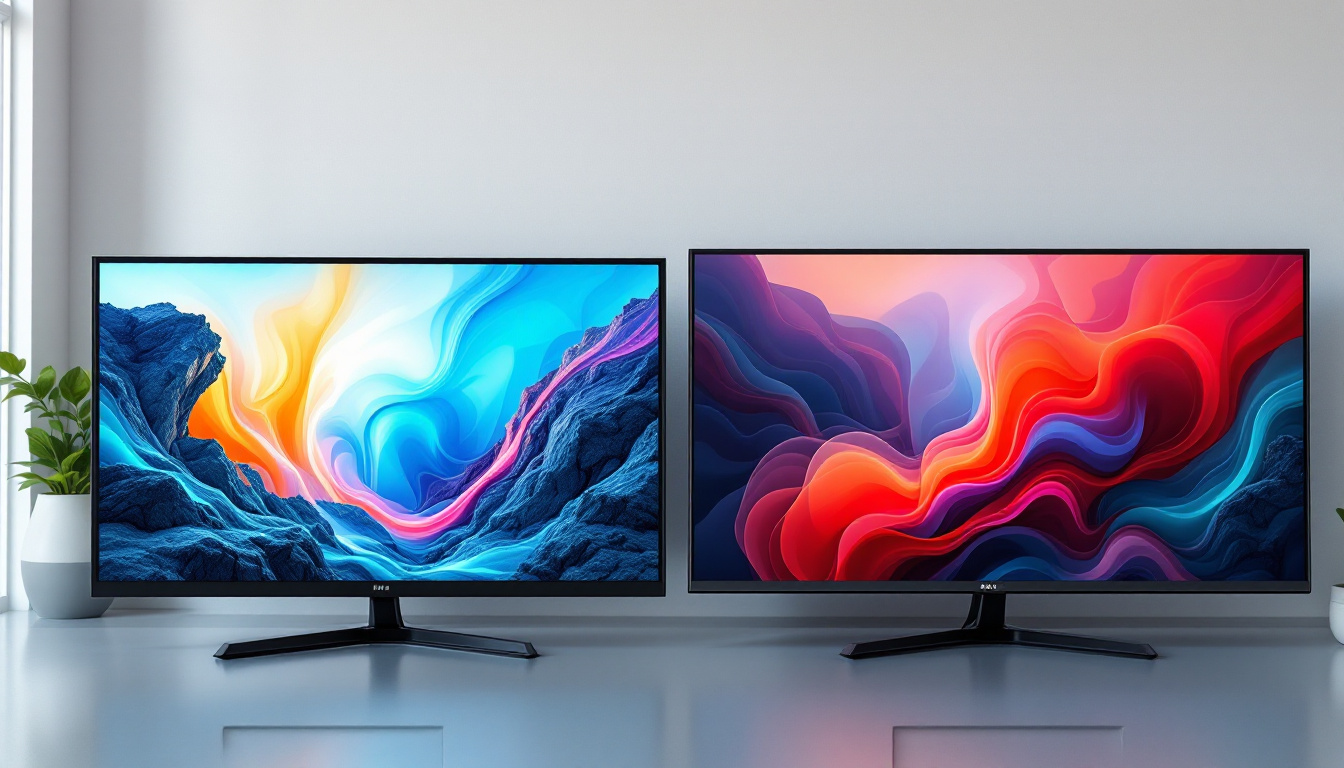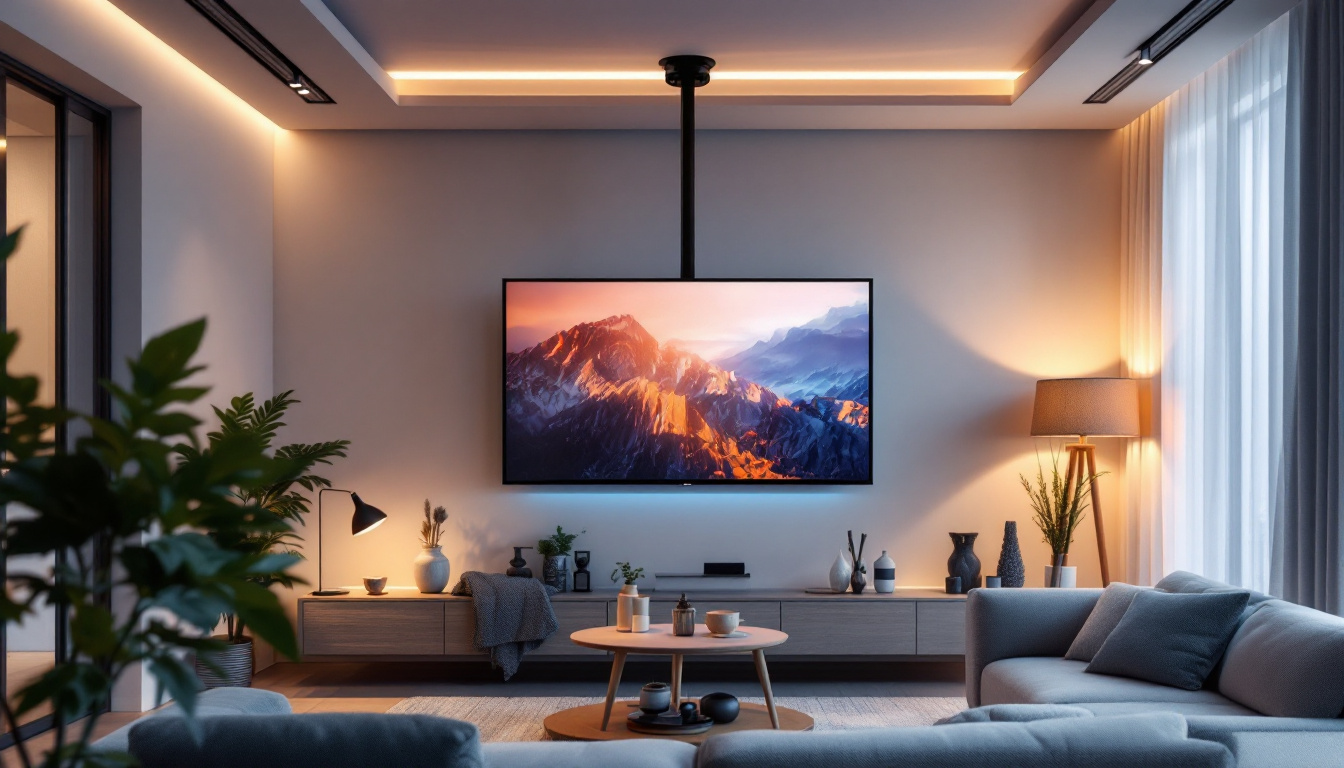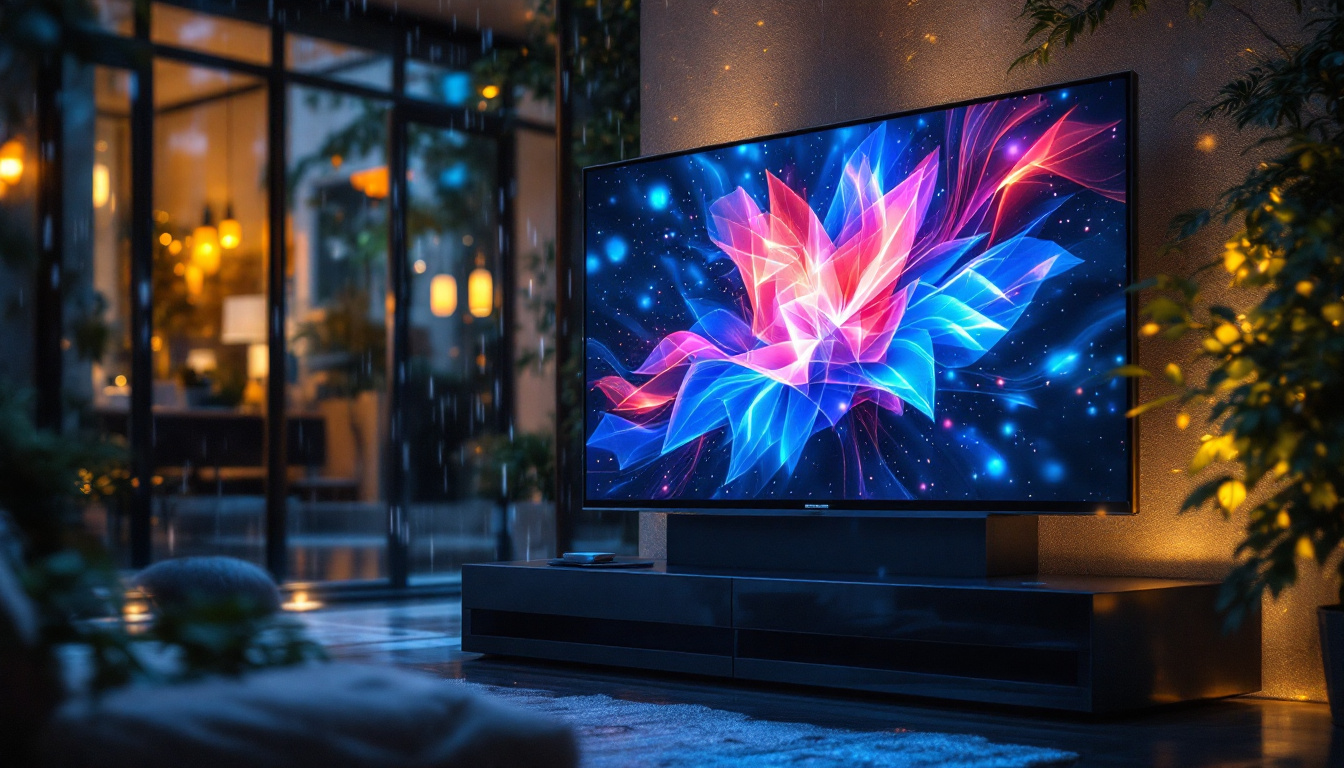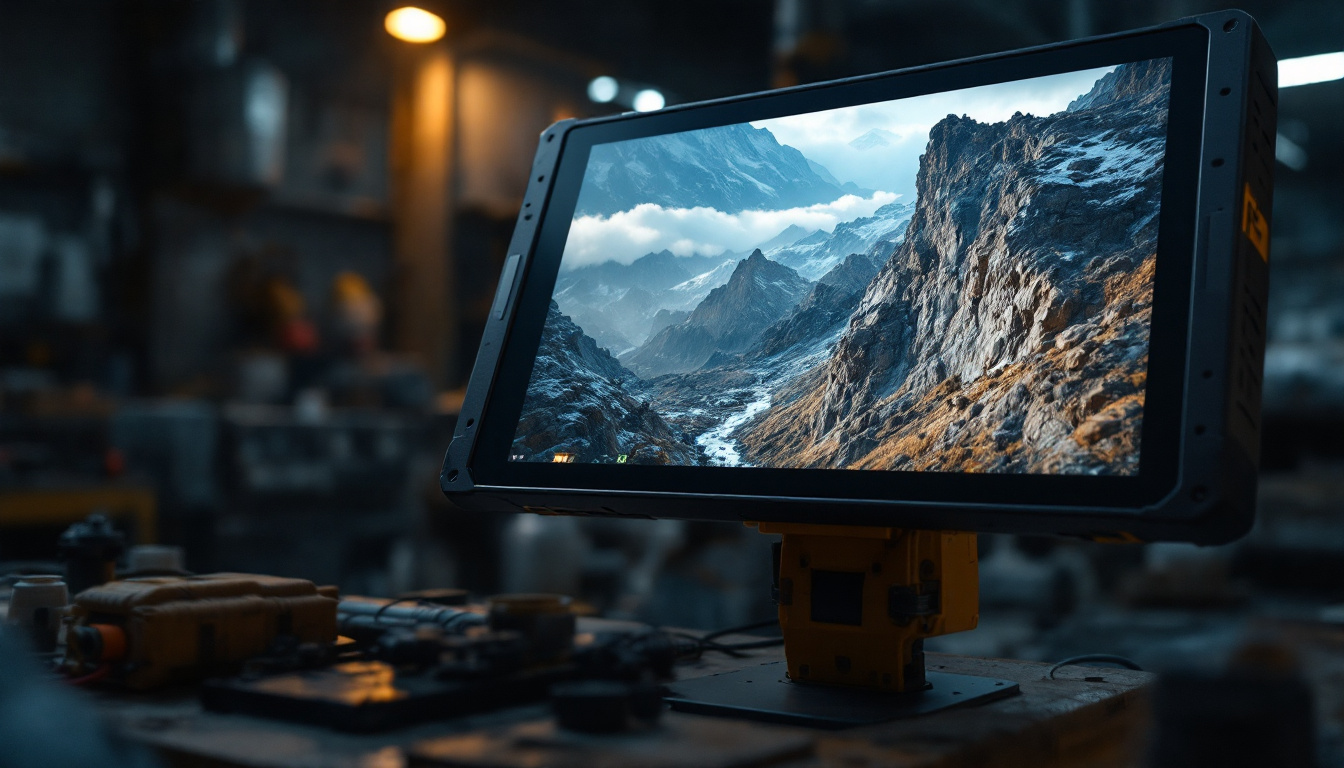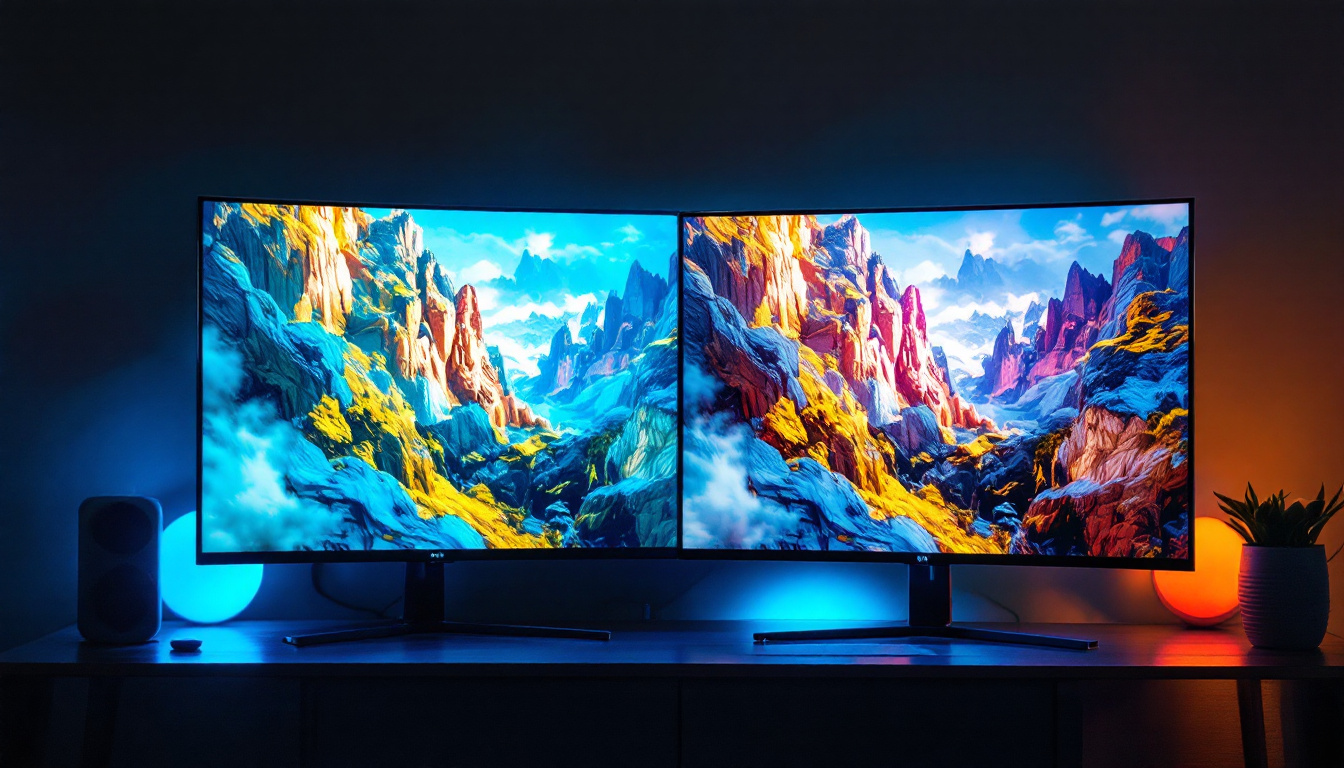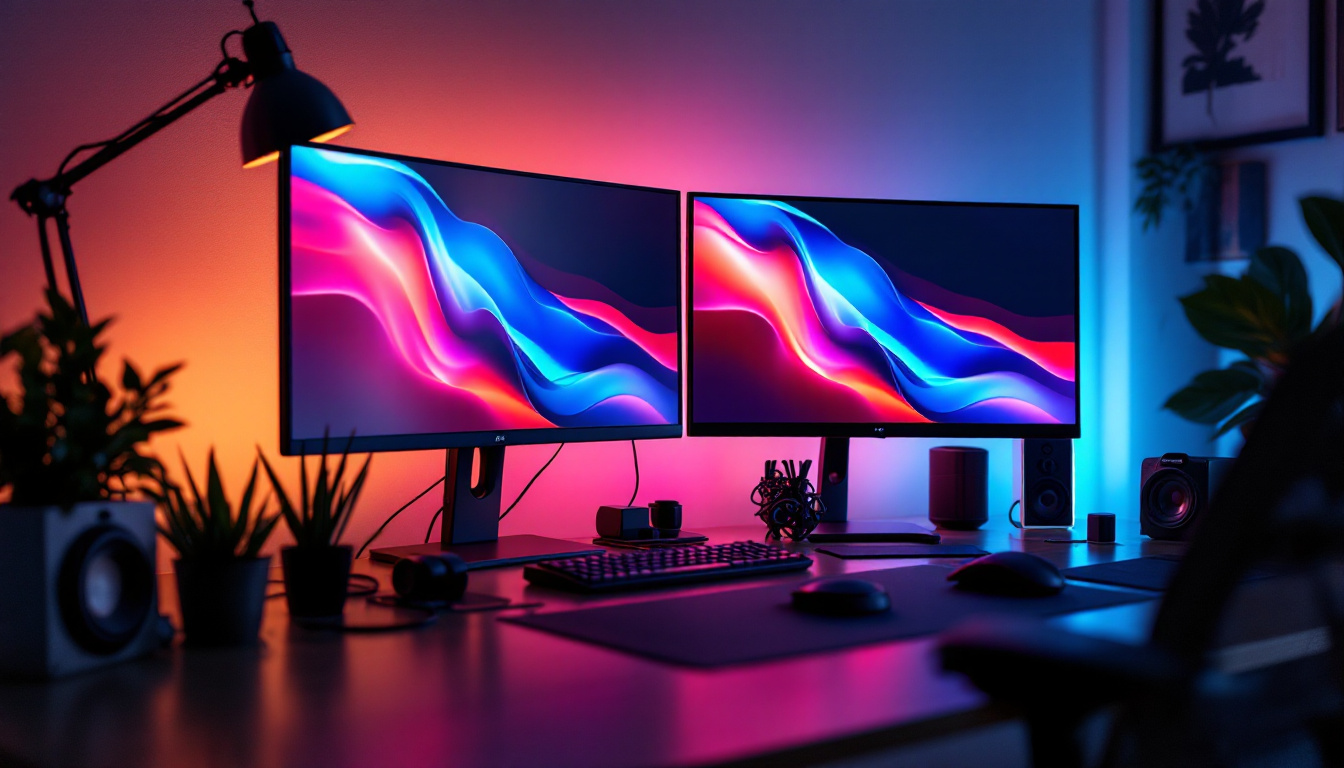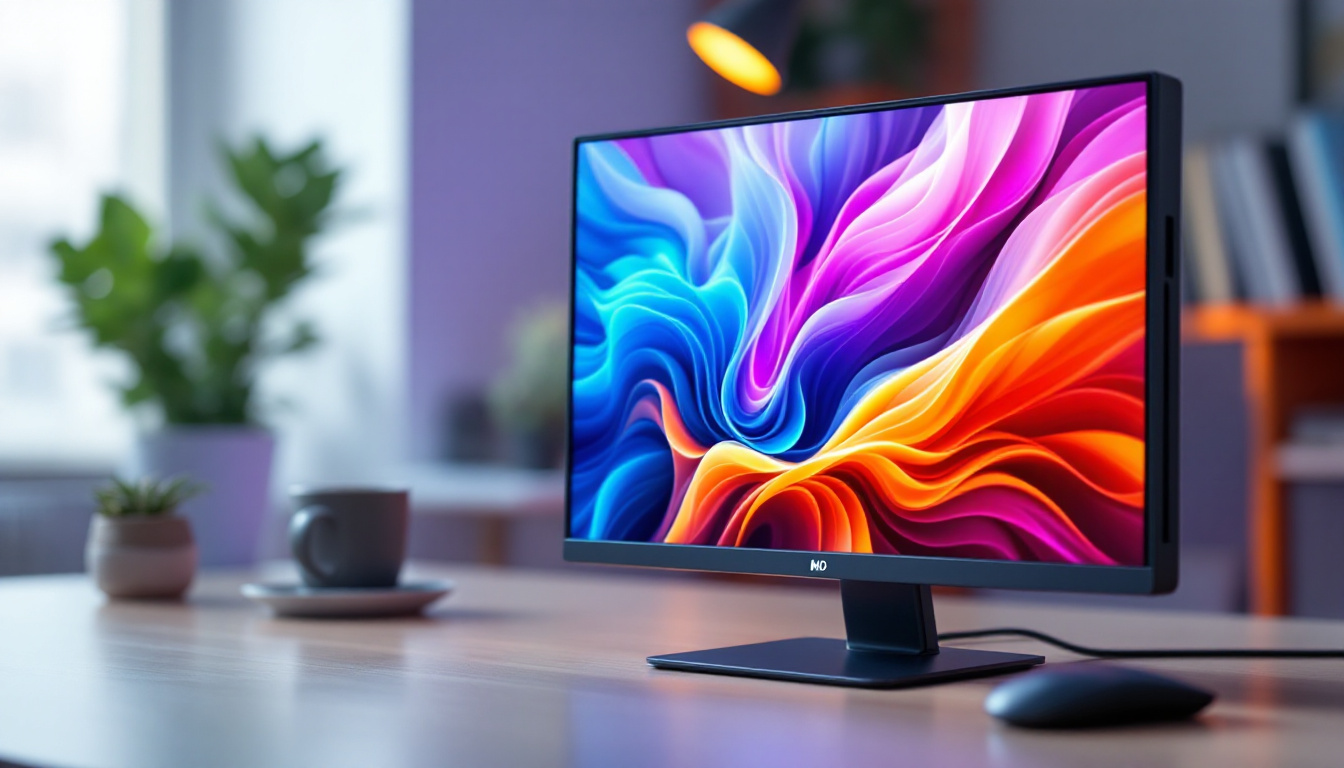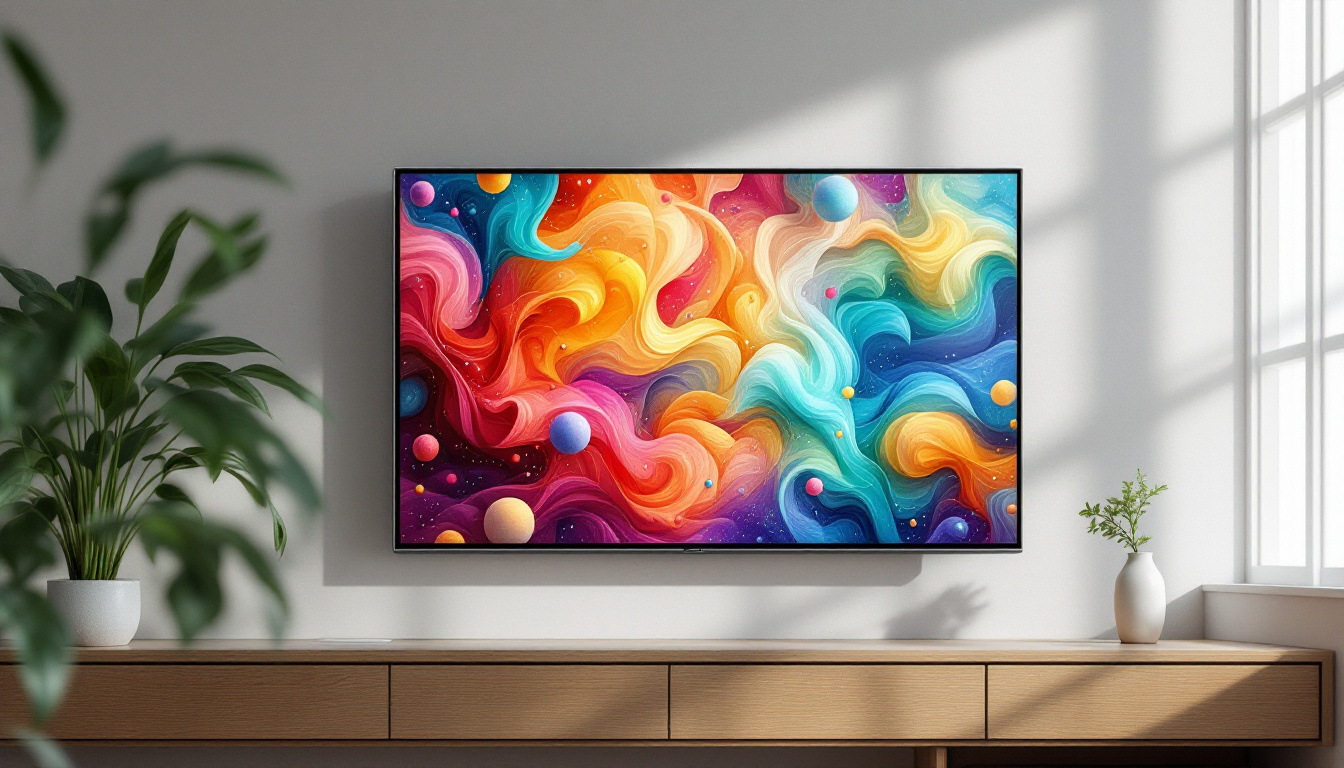In the ever-evolving world of digital displays, understanding the differences between various connection standards is crucial for consumers and professionals alike. Two of the most prominent interfaces are DisplayPort 1.2 and HDMI 1.4. Each has its unique features, advantages, and ideal use cases. This article delves into the specifics of both standards, providing insights into their capabilities and helping you make an informed decision for your LED display needs.
Understanding DisplayPort 1.2
DisplayPort 1.2, introduced in 2010, has made significant strides in the realm of digital connectivity. It was designed primarily for computer displays, offering a range of features that cater to high-performance needs. This standard has played a pivotal role in the evolution of display technology, allowing users to experience enhanced visual fidelity and improved user interfaces across a variety of devices.
Key Features of DisplayPort 1.2
One of the standout features of DisplayPort 1.2 is its ability to support a higher bandwidth of up to 21.6 Gbps. This allows for higher resolutions and refresh rates, making it ideal for gaming and professional graphics applications. With support for 4K resolution at 60Hz, DisplayPort 1.2 can deliver stunning visuals without sacrificing performance. This capability is particularly advantageous for graphic designers and video editors who rely on precise color accuracy and detail in their work.
Additionally, DisplayPort 1.2 supports Multi-Stream Transport (MST), which enables multiple displays to be connected through a single port. This is particularly beneficial for users who require multiple monitors for productivity or immersive gaming experiences. The MST feature not only simplifies cabling but also enhances workspace organization, allowing for a more streamlined setup that can significantly boost efficiency in multitasking scenarios.
Audio Capabilities and Compatibility
DisplayPort 1.2 also supports up to 8 channels of audio, with a maximum sample rate of 192 kHz, making it suitable for high-fidelity audio applications. This feature is essential for audiophiles and content creators who demand superior sound quality to complement their visual experiences. Furthermore, it is backward compatible with older versions of DisplayPort and can adapt to HDMI through the use of adapters, providing flexibility in connectivity. This adaptability ensures that users can integrate DisplayPort 1.2 into existing setups without the need for extensive hardware upgrades.
Moreover, DisplayPort 1.2 incorporates advanced features such as Adaptive Sync technology, which helps to eliminate screen tearing and stuttering during gameplay. This is particularly important for gamers who seek a fluid and responsive experience, as it synchronizes the refresh rate of the display with the frame rate of the graphics card. As a result, users can enjoy a smoother gameplay experience, enhancing both performance and enjoyment. The versatility and robust capabilities of DisplayPort 1.2 have made it a preferred choice among tech enthusiasts and professionals alike, solidifying its place in the landscape of modern display technology.
Exploring HDMI 1.4
HDMI 1.4, released in 2009, has been a staple in home entertainment systems and consumer electronics. It was designed to simplify connections between devices while delivering high-quality audio and video.
Key Features of HDMI 1.4
HDMI 1.4 supports a maximum bandwidth of 10.2 Gbps, which is sufficient for 1080p video at 60Hz and 4K video at 30Hz. While it may not match the bandwidth of DisplayPort 1.2, it is still capable of delivering impressive video quality for most consumer applications. This makes it an ideal choice for a wide range of uses, from streaming movies to playing video games, ensuring that users enjoy a smooth and immersive experience.
Another notable feature of HDMI 1.4 is its support for 3D video formats, making it a popular choice for home theaters and gaming consoles. The ability to transmit 3D content allows users to experience films and games in a more engaging way, enhancing the overall entertainment value. Additionally, HDMI 1.4 introduced the Audio Return Channel (ARC), allowing audio to be sent back from a TV to an audio receiver without needing a separate cable. This innovation simplifies setups, reducing cable clutter and making it easier for users to enjoy high-quality sound without the hassle of multiple connections.
Versatility and Compatibility
HDMI 1.4 is widely adopted across various devices, including TVs, projectors, and gaming consoles. Its universal compatibility makes it an attractive option for consumers who want a straightforward connection solution. Furthermore, HDMI cables can carry Ethernet data, allowing for internet connectivity between devices without additional wiring. This feature is particularly beneficial for smart TVs and streaming devices, as it enables seamless online access without the need for extra Ethernet cables, thus streamlining the overall setup.
Moreover, HDMI 1.4’s versatility extends to its support for various color spaces, including sRGB and Adobe RGB, which enhances the visual experience by providing richer and more vibrant colors. This is especially important for graphic designers and photographers who rely on accurate color representation. Additionally, the inclusion of support for 4K resolution, albeit at 30Hz, opened the door for early adopters of ultra-high-definition displays, allowing them to enjoy the next generation of video quality. As the industry evolved, HDMI 1.4 laid the groundwork for subsequent versions, ensuring that it remains relevant in an ever-changing technological landscape.
Comparative Analysis: DisplayPort 1.2 vs. HDMI 1.4
When comparing DisplayPort 1.2 and HDMI 1.4, several factors come into play, including bandwidth, resolution support, audio capabilities, and use cases. Understanding these differences can help users choose the right interface for their specific needs.
Bandwidth and Resolution Support
As previously mentioned, DisplayPort 1.2 offers a significant advantage in bandwidth, supporting up to 21.6 Gbps compared to HDMI 1.4’s 10.2 Gbps. This higher bandwidth translates into better support for higher resolutions and refresh rates. For instance, DisplayPort 1.2 can handle 4K resolution at 60Hz, while HDMI 1.4 is limited to 4K at 30Hz. This makes DisplayPort the preferred choice for gamers and professionals who demand the highest visual fidelity. Furthermore, DisplayPort’s support for Display Stream Compression (DSC) allows for even greater resolutions and refresh rates, enabling users to push beyond the standard limits without sacrificing quality. This feature is particularly beneficial for future-proofing setups as display technology continues to evolve.
Audio and Additional Features
Both standards support multiple audio channels, but DisplayPort 1.2’s capability of handling up to 8 channels at a higher sample rate gives it an edge for audiophiles and those using high-end audio equipment. Additionally, the MST feature of DisplayPort allows for daisy-chaining multiple displays, a feature not available in HDMI 1.4. This means that users can connect several monitors to a single DisplayPort output, simplifying cable management and enhancing productivity in multi-monitor setups. Moreover, DisplayPort also supports adaptive sync technologies like FreeSync, which can significantly improve the gaming experience by reducing screen tearing and stuttering, making it a favorite among competitive gamers.
Use Cases and Practical Applications
The choice between DisplayPort 1.2 and HDMI 1.4 often boils down to the intended use case. DisplayPort is favored in professional environments, particularly in graphic design, video editing, and gaming, where high refresh rates and multiple monitor setups are essential. Conversely, HDMI 1.4 is ideal for home entertainment systems, where simplicity and compatibility with a wide range of devices are key considerations. Additionally, HDMI’s widespread adoption in consumer electronics, such as televisions, Blu-ray players, and gaming consoles, makes it a more versatile option for casual users who prioritize ease of use and connectivity. The ability of HDMI to support Consumer Electronics Control (CEC) also allows users to control multiple devices with a single remote, enhancing the user experience in home theater setups.
Future-Proofing Your Setup
As technology continues to advance, the need for future-proofing your display setup becomes increasingly important. Both DisplayPort and HDMI have evolved, with newer versions offering enhanced features and capabilities. With the rise of high-resolution content and immersive experiences, ensuring that your display can handle future demands is essential for both casual viewers and professional users alike.
Looking Ahead: DisplayPort 2.0 and HDMI 2.1
DisplayPort 2.0, which was announced in 2019, significantly increases bandwidth to 80 Gbps, allowing for even higher resolutions and refresh rates, including support for 8K displays at 60Hz. HDMI 2.1, released in 2020, also brings substantial improvements, including support for 4K at 120Hz and 8K at 60Hz, along with enhanced audio features. These advancements not only enhance visual fidelity but also improve the overall user experience, making it crucial for gamers, content creators, and home theater enthusiasts to stay updated on these technologies.
Investing in devices that support these newer standards can ensure that your setup remains relevant as display technology continues to evolve. While DisplayPort 1.2 and HDMI 1.4 may serve well for current applications, considering future-proof options can save you from needing to upgrade your equipment sooner than expected. Additionally, with the increasing popularity of virtual reality and augmented reality, the demand for higher refresh rates and lower latency is more critical than ever. Devices that support features like Variable Refresh Rate (VRR) and Auto Low Latency Mode (ALLM) can provide a smoother and more responsive experience, which is particularly beneficial for competitive gaming and high-intensity applications.
Moreover, as streaming services continue to expand their libraries with 4K and even 8K content, having a display setup that can accommodate these advancements will enhance your viewing experience. The integration of features like Dynamic HDR and enhanced audio return channel (eARC) in HDMI 2.1 also means that your entertainment system can deliver richer visuals and immersive soundscapes. By planning ahead and investing in the latest technologies, you can create a display setup that not only meets today’s standards but is also ready for the exciting developments of tomorrow.
Conclusion
In summary, both DisplayPort 1.2 and HDMI 1.4 have their respective strengths and weaknesses. DisplayPort 1.2 excels in bandwidth, resolution support, and multi-display capabilities, making it the go-to choice for high-performance applications. On the other hand, HDMI 1.4 offers versatility and compatibility, making it ideal for home entertainment systems.
Ultimately, the choice between the two will depend on individual needs and preferences. Whether you prioritize high refresh rates for gaming or the simplicity of connecting multiple devices in a home theater setup, understanding the differences between these two standards will guide you in making the best decision for your LED display requirements.
Discover the Perfect LED Display Solution with LumenMatrix
Ready to elevate your visual experience with the latest in LED display technology? LumenMatrix offers a comprehensive range of cutting-edge LED display solutions tailored to meet your needs. Whether you’re looking for high-performance displays for professional applications or captivating visual solutions for your home entertainment system, LumenMatrix has you covered. From Indoor and Outdoor LED Walls to Custom and All-in-One LED Displays, our products are designed to enhance engagement and bring your content to life. Check out LumenMatrix LED Display Solutions today and see how we can transform your visual communication and captivate your audience.






